Was it perhaps the landscape historian Oliver Rackham who gave rise to our present preoccupation with old trees through his pioneering works on ancient woodland? He certainly pointed out more than 40 years ago that 10,000 centurion oaks ‘are not a substitute for one 500-year-old oak’. Since then, shelves of books have been written on these veterans, and in The Long, Long Life of Trees Fiona Stafford makes a welcome and entertaining contribution.
She draws on material from fields including folklore, natural science, literature, cultural history, European art, ancient mythology and modern medicine to illuminate such trees’ central place in western civilisation. Sometimes all of these are skilfully blended in her accounts of different species.
The yew is a good example. Stafford repeats Robert Graves’s claim in The White Goddess that it was ‘the death-tree in all European countries’ to help explain the presence of so many ancient yews in British graveyards. Some of the best-known examples — at Much Marcle in Herefordshire or Cumbria’s Watermillock — are 1,500 years old and even older, while many long pre-date Christianity in Britain. The likelihood is that an earlier pagan reverence for yew played a part in shaping subsequent religious practice. We should perhaps think of the arrangement less as yews in churchyards and more as churches repeating the location of sacred trees.
The author further points out that yew contains highly toxic alkaloids in all of its physical parts and is thus an occasional aid to modern suicides as well as a cause of accidental death. Both Gray in his ‘Elegy Written in a Country Churchyard’ and Sylvia Plath in ‘The Moon and the Yew Tree’ traded on such darker associations, and Stafford, an Oxford professor of English literature, is attentive to these references. Yet she also points out how the yew has acquired new meanings. A compound called Taxol derived from the species was licensed as a chemotherapeutic drug in 1992 and has since been used in all manner of cancer treatments. The pre-eminent
tree of death, it transpires, is also now a tree of life.
Stafford is particularly good on the more unusual utilitarian properties of different woods. Yews, of course, yielded bows with the power to penetrate armour, rowan gave us the best spoons for stirring milk, elm was first choice for coffins and lavatory seats, while hawthorn is perfect for dagger
handles and even its thorns can serve as winkle-pickers or a makeshift stylus for vinyl records.
The author is also skilled at drawing out what one might call the politics of trees. One example that should serve as a health warning to all over-zealous patriots is her observation that while the British love to wrap themselves in the foliage of stout-hearted oaks, so too do the Bulgarians, Croatians, Cypriots, Estonians, French, Germans, Latvians, Lithuanians, Moldovans, Poles, Romanians, Serbians and Americans. For all of these peoples it is their national tree.
An even better illustration of how trees can be overloaded with politics involves the Japanese attachment to the flowering cherry. One might imagine that there is no more innocent arbour than an orchard of blossom-filled cherries. For the Japanese they are a national obsession — they hold annual blossom-viewing festivals. They also once exported the trees elsewhere, and when their brutal regime in Korea was finally ousted, it was the pink and white flowers of the imperialists which bore the brunt of indigenous hostility. The cherries were all torn down and replaced with more patriotic Korean foliage to remove memories of that colonial past.
Stafford loves to analyse these collective psychological responses to each tree, but there is one to which I take exception. It is the idea that the elm is melancholic. She cites not only the high reputation of its wood for coffin-making, but also an entire anthology of poetry about dripping elms — by Gray, Hardy, Wordsworth, Byron and Arnold — and then adds as a trump card that 25 million British trees have been killed by Dutch Elm Disease: ‘The very word “elm” has been inextricably linked with “disease”, and elms have now become incontrovertible figures of loss.’
This may all be so, but my Norfolk parish reflects another national story. Elms fill many of the hedgerows there still. Yes, the trees die when they are mere teenagers, but only to be replaced by the next phalanx of suckering growth, which is the classic elm method of regeneration. My guess is that these clones will persist, all things being equal, for as long as they are assailed by disease, and in a century there will be as many elms in Claxton as there are today. True, some are lost, but the opposite is incontrovertible. The elm abides and we should take comfort in that.
The post Trees of life and death appeared first on The Spectator.
Got something to add? Join the discussion and comment below.
Get 10 issues for just $10
Subscribe to The Spectator Australia today for the next 10 magazine issues, plus full online access, for just $10.
You might disagree with half of it, but you’ll enjoy reading all of it. Try your first month for free, then just $2 a week for the remainder of your first year.

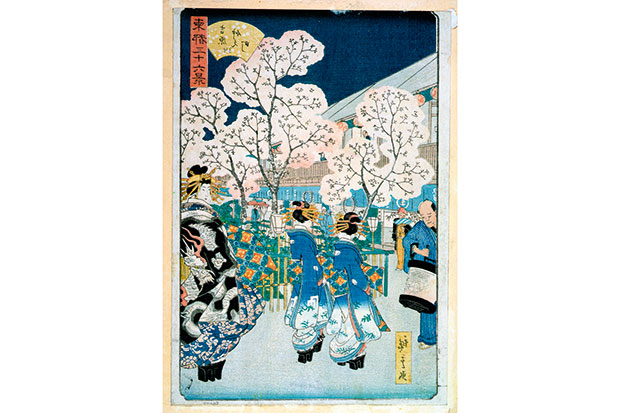
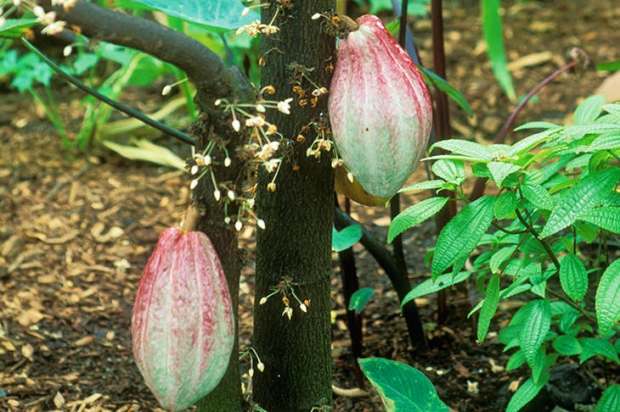
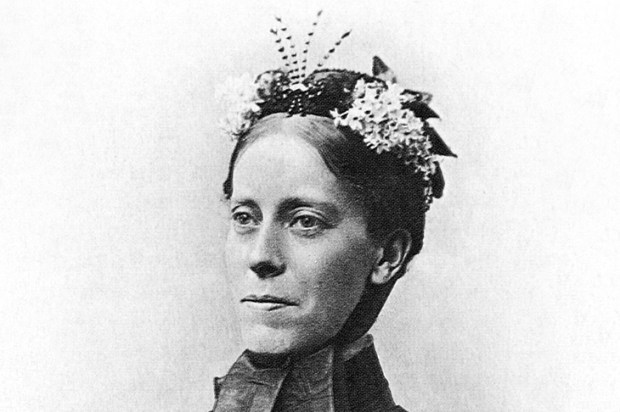
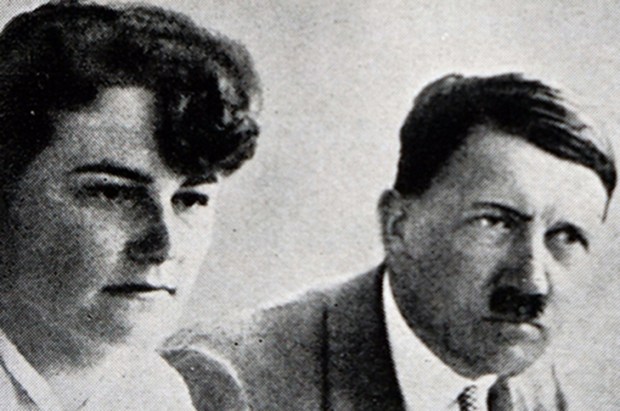
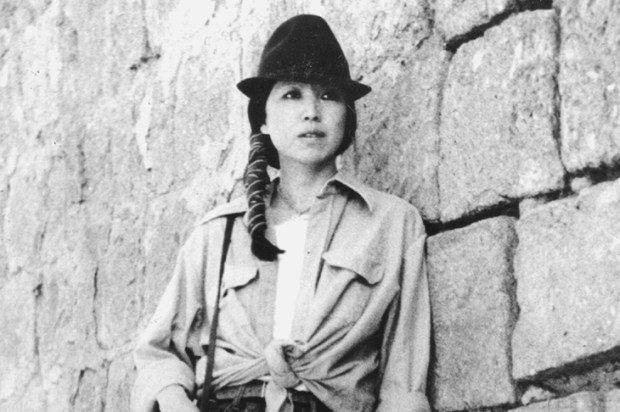
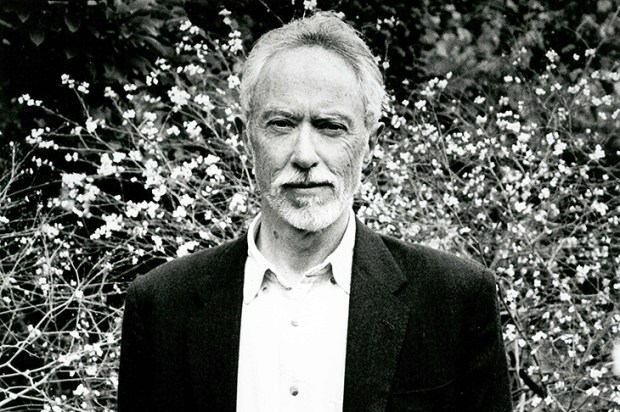







Comments
Don't miss out
Join the conversation with other Spectator Australia readers. Subscribe to leave a comment.
SUBSCRIBEAlready a subscriber? Log in